|
Blood Glucose? Your blood glucose level is the amount of sugar (glucose) present in your bloodstream. Glucose is the body's main source of energy and comes from the digestion of carbohydrates in our diet. It then gets transported through the blood to different parts of the body for energy production. Having the right level of glucose in your blood is important for your overall health. Our bodies manage our blood glucose levels using hormones called insulin and glucagon, which are produced by the pancreas. When our blood glucose levels are elevated insulin helps lower our levels by moving glucose from the blood into cells. Conversely when more glucose is needed within the blood glucagon raises releases stored glucose from the liver. Normal blood glucose levels can vary, but typically, blood glucose levels will generally sit between 4.0 and 7.8mmol.L (millimoles per litre of blood). Low blood glucose levels, known as hypoglycemia, can occur due to certain medications, underlying health issues or if it has simply been too long since consuming sugar. High blood glucose levels known as hyperglycemia is common in diabetes, where the body doesn't produce enough insulin or doesn't use it effectively resulting in high levels of blood glucose. Prolonged abnormal blood glucose levels can indicate conditions like diabetes, where cells do not react to insulin correctly or become resistant to insulin itself. People with diabetes need to regularly monitor their blood glucose levels. To do this they can use a blood glucose meter which measures glucose levels from a small blood sample obtained by pricking a finger. Monitoring helps them manage their condition by helping them track the impact of diet, exercise, medications, and informed decisions about how to use these along with insulin dosage to keep their blood glucose under control. Next week Coming up next week we explain role exercise plays in managing your blood glucose levels. Categories All
0 Comments
In our previous blog we introduced Men’s Health Week's theme of healthy habits and why this is so important to Australian men today. In this blog we are going to dive deeper into a few healthy habits we can all implement, what they are and how to get started. 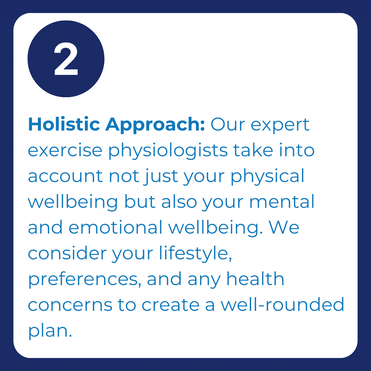 Healthy Habit 1 - Check Ups A great way to get started is setting up a regular visit to a GP, now this visit does not need to be every month but having a general check-up each year is a positive step in taking more control of your health. It will allow men to have a better understanding of their health and what they can do to reduce the risk of chronic disease. 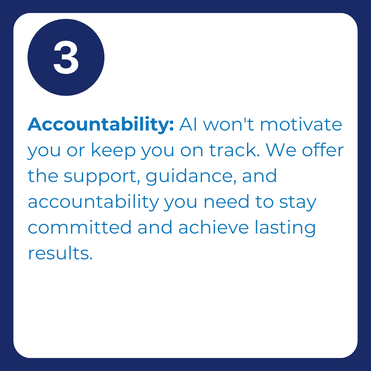 Healthy Habit 2 - Keeping Fresh Small changes in our daily food intake can not only improve our physical health, but also our mental health too. As we mentioned in our previous blog, Australian men are not eating the required servings of fruits and vegetables on a regular basis. Setting up small changes of including more servings of fruits and vegetables into our meals will go a long way in creating healthier eating habits. As we have all heard before, “an apple a day, keeps the doctor away”. 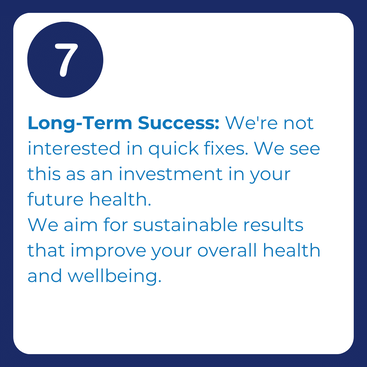 Healthy Habit 3 - Keeping Active Other healthy habits for us to consider is physical activity, again a majority of men in Australia are not meeting the national guidelines which in itself increase chronic disease risk. This reduced physical activity also negatively impacts the mental health of men in Australia too. Exercise has been proven to provide a major positive effect on mental health as well as our physical health. By starting to try and meet the national guidelines (discussed here) is another great step towards a healthier lifestyle. Getting started As Exercise Physiologists our job is not just exercise prescription, but also education. Often that education involves finding ways to help our clients change their current habits, to try and include more of these healthy habits we've been discussing. We take the time in our sessions to get a better understanding of our clients goals, what motivates them and why, to ensure we set attainable goals together. An approach we have had great success with is setting smaller goals that lead towards our main goal. That way our goals don't look so far away, and we can start to build some really positive momentum towards our more long term goal, even when we do hit some speed bumps along the way, having these habits in place can keep us moving forwards. As some of you may be aware, last year I tore my ACL and have been embarking on a long recovery back into playing sports. Now this rehab can take anywhere between 12-18 months and I can tell you that it has not been all smooth sailing for me. But being able to set up smaller goals all along this journey has helped me to stay committed to achieving this long term goal. I have felt like my goals have been progressing constantly throughout as I have achieved one after the other. Starting with simply being able to bend my knee, then being able to walk without any aid, walking pain-free, being able to squat, to jump, to run... etc. All of these successes has made it so I can see the progress and feel that sense of achievement on a consistent basis. You might be thinking "Nick this is all well and good when you are achieving constantly, but what about when life gets in the way?" And life will definitely get in the way at some point, it's as unavoidable as death and taxes. Throughout this journey of mine, things have absolutely gotten in the way, whether that be work, my social life, or even my knee itself. But having set twice weekly appointments with my own physio and exercise physiologists has helped me create some really positive habits around exercise and my rehab. Having someone there for me to help guide and support me through everything and set out a plan for me to follow has kept me on track. This has especially been the case when my knee has felt sore, swollen and to be honest absolutely shitty. Keeping up with this regular exercise, has allowed me not to go backwards, but to treat it for what it is a speed bump and come out of it feeling like I am still moving forwards. Taking that first step. The best first step that we can take is finding our reason to live a healthier lifestyle. It doesn't have to be to run a marathon, or break world records, it could just be to keep up with our kids and grandchildren, to not feel as stiff and sore after sitting at a desk all day, or just to feel healthier. Once we have this purpose for change, we can work backwards to set those smaller, more achievable goals to become a reality. As exercise physiologists we can help you develop those goals, create a plan with you to implement and support you in this process. There are small changes we can start to make to improve our health and reduce the risk of developing chronic health disease. These changes can not only impact our life, but we can start to impact those around us. We can be a better role model to our children and grandchildren, to show them that these positive habits are important. Once you have your reason come and see us at Simply Stronger and we'll help you make it a reality! Categories All Why building healthy habits needs to be a priority for every male!During the month of June we at Simply Stronger will be celebrating Men’s Health Week. This week is designed to encourage conversations with men and boys around men’s health, whilst also prompting them to take an active role in their health. The theme of Men’s Health Week in 2023 is Healthy Habits. The idea is to educate and help men and boys to build healthy lifestyle habits that will protect their health long term. Looking at the big picture of men's health. In Australia, men have a lower life expectancy and a higher rate of chronic disease compared to women. In 2020 the leading cause of death in Australian men was coronary heart disease, dementia, and lung cancer. This is important for us to understand, especially when we look at the statistics around unhealthy habits in men.
Can We Change Habits? The simple answer is, yes, of course you can! However, changing these unhealthy habits is more easily said than done. Some of these unhealthy decisions have been engrained into individuals’ routines since they were young men, so they can be quite difficult to change. That is why it is important for men to know that they don't need to try and change these habits on their own. There are so many different health professionals available that are ready and willing to help, who have so much knowledge and understanding on the best ways to approach this with each individual.
So What's Stopping Us? The unfortunate reality around this fact, is that men’s engagement with the healthcare system is often characterized by delayed access and shorter commitments to appointments. This can be due to the reduced desire to seek out assistance from others, including health professionals, as men are more likely to ask advice from family and friends concerning health issues. This is why opening discussions around men’s health is so important in today’s world. We need to be open and aware of the impact an unhealthy lifestyle can have and of the help that is available to us. This will allow us to start moving towards a happier and healthier life. So if you have questions around what healthy and unhealthy habits you might have, and how to start changing some of those negatives into positives. Its never too late to start having a conversion with the men around you, check in with them, you never know who else may have the same questions as you. Our team of Exercise Physiologists are here to help guide you on this journey of change. Keep an eye out for our next blog that will go into more detail around the types of changes we can make, to start living with more healthy habits. Categories All Exercise Physiology – More than just exercise prescription:
As exercise physiologists we often get asked many different questions about our profession both from clients, members of the public and even our family and friends. I can't tell you how many times I have been asked by my family "What exactly is an Exercise Physiologist?". Other than a long and confusing title, I like to explain that an EP is someone who uses exercise prescription to improve an individual's health, wellbeing and function. Like specialised personal training. That's the short version, the elevator pitch. With Exercise Right Week coming up this month, what better time to dive a little deeper and discuss what makes us as EPs different from other health professionals like PTs and physios, and what you can expect from seeing an EP at Simply Stronger. Getting to know you We take the time to get to know our clients, we want to know what makes them tick. By getting to know the ins and outs of our clients we can better understand the things they like about exercise, and the things they don't. We can figure out what impacts their ability to exercise both in a positive and negative way and then use this information to build a more personalised and achievable exercise plan. Sometimes our clients will have blocks they don't even realize that is limiting their activity. By obtaining as much information in the initial assessment as we can, we then tailor their plan to suite all of their needs. Extensive exercise knowledge Something that differentiates us from other health professionals is our extensive knowledge around exercise. Within our studies and training we focus deeply on how exercise can be prescribed , but also how it can be modified and changed to suite everyone’s needs. This means that any exercise can be changed to better fit the individual that walks in the door. At Simply Stronger you will often here us say "everything is modifiable" and it's true. We constantly tweak and adapt exercises to subtly or sometimes not so subtly change the goal and subsequent outcome of the exercise. This while used every day in face to face sessions, has also proven to be enormously beneficial when developing home exercise programs, travel programs and gym programs with various equipment. The key to success When you receive an exercise plan from us, it will involve all the specific details of your individualised exercise prescription. Explaining what exercises to complete, when and how, I think we can all agree is vital. However, the key to your success is understanding why. Why this exercise, why this prescription, what will this exercise do for you and your health? We provide you with this education because when you have the context of why, you are so much more likely to complete your program. Without the why it has no context and no meaning, so why would you do it. As exercise physiologists we also focus on a more holistic approach to our treatment and services. By doing this, we ensure that we understand what drives our clients to complete their exercises, while also having a true awareness of the challenges they face when it comes to completing exercise. We work together with our clients to develop goals that feel achievable and realistic to you, our clients. As one of our clients recently stated “It’s the small and achievable goals that become habits”. Over the years this client has been attending Simply Stronger, she has found our consistent messaging and education has empowered her to both see and understand her progress. We hope this gives you a little more insight to what an EP is and what we do for our clients. We would love it if you shared this with your friends because let's be honest, most people don't know who we are either. This April Falls month we have been talking a lot about our balance. We have spoken about how important it is that we maintain our balance throughout our lives and improve it where we can. On our socials we have shown you different ways that to challenge it, and how to incorporate it into daily life, without the need for any specialised equipment. Now we are going to talk about what our “balance” really is. 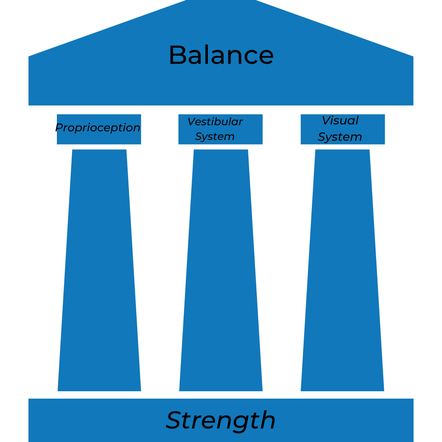 When it comes to balance, we have three sensory components that work together to influence our balance. These being our Vestibular system, our Visual system, and our Proprioception. Now, you may or may not have heard of these terms before. Often our clients have heard of some of them but don't really understand them. So we will explain what each of them are, what they actually mean within your body, and how they work together to impact your balance? Firstly, I like to describe them to my clients as “pillars”. With a foundation of strength they all work together to support our balance. If one of these components is disrupted, our balance as a whole gets impacted, or we put more dependence on our other “pillars”. Which can work for a while to help maintain our balance, but it will certainly leave you more vulnerable in the future. So, what do these pillars actually do? Vestibular System The first of these sensory system is our vestibular system. Found within our inner ear, this system tells our brain about our spacial orientation and head position. To put it simply our vestibular system reports if our ears are level. Which is why when people have an ear infection their balance can be affected.
An example of this in balance, is the sensors in our feet and ankles reacting to the changes in our position when standing on one leg. This is then more pronounced when we move from a stable surface to unstable as shown above. You may have felt this yourself when practicing your own balance. Visual System Finally, our visual system is one of our most used pillars, and the one we often unintentionally over time place the most dependence on. We use the information we gather through our eyes to determine where we are in space to keep us upright and to correct any changes to our body position. It is my belief that over the years our over reliance on our visual system allows the other two sensory systems to be detrained rather than deteriorating and therefore gives us every opportunity to retrain them. How to improve your balance We all need to incorporate some balance training into our everyday activities to ensure we don't detrain the pillars we need to remain upright and safe. If you are unsure of how best to challenge and improve your balance, begin by checking out our socials on facebook and instagram for some tips, or book to see one of our exercise specialists today. The balance testing, we do here at Simply Stronger allows us to determine which “pillar” we should target to have the greatest impact or your balance. Optimising all three of these sensory components along with improving your foundational strength gives us the best opportunity to improve our balance and reduce the risk of fall and subsequent injuries. Categories All How do you check your bone health? The best way to check your bone health is by completing a bone mineral density scan (BMD). This is usually done by using a DEXA scan, a low-level x-ray to measure the strength of your bones. Once you have done this scan, you will get results that can be a little confusing when your first see them. Your results might look similar to the example below, where you will see a few different numbers, but we are going to focus on your T-Score. Now, let's get to understanding what this actually means to you. What is a T-Score? The T-Score is result that shows how many standard deviations your bone density is away from a healthy young adult (the difference between your bone mineral density and that of a healthy young adult). This means the more standard deviations away from a healthy young adult, the lower your bone strength and the more likely you are to have a fracture. As shown in the figure below, a score between +4 and -1 is considered normal, a score between -1 and -2.5 indicates low bone mass or Osteopenia, while a score of -2.5 or lower indicates Osteoporosis. For more information about osteoporosis and osteopenia check out our blog post Why your bones need strength training too! Which bones are tested and why? When having a BMD or DEXA scan completed a few locations are measured, your lumbar spine, hips and pelvis. These boney areas are know to be more dense as they take the more load and impact throughout your daily life, through activities such as walking. Where as areas like your wrist will naturally have a lower density as they do not have the same impact, unless you were to walk on your hands. The idea of limiting the scan to these more dense bones is that a diagnosis of Osteoporosis or Osteopenia in these more dense areas will in all likelihood mean the same in other less dense areas of your body. What now?
As you will know from our previous blog post 4.74 million Australians have been diagnosed with either Osteoporosis or Osteopenia, so the likelihood of your or someone you know developing it as you age is pretty high. So, now you're wondering what you can do about it. Seeing an Exercise Physiologist who can build you a customised exercise program that uses weight bearing and impact exercise to strengthen your bones and balance training to prevent falls is a great way to reduce your chances of developing Osteoporosis or Osteopenia as well as help those who have low bone density to reduce the impact it has on your life. To find out more email us at info@simplystronger.com.au or call 03 9964 3889, or you can book directly here. Alternatively you can follow our socials for more exercise and balance tips. Osteoporosis and Osteopenia are common conditions that revolve around bone density loss, making our bones more fragile and susceptible to fractures, but what does that really mean? Changes can occur within our bones that impacts their strength and health. This can be natural hormonal changes as we age, or heightened through ongoing and prolonged use of certain medications such as steroids, among others. The inside of healthy bones have a similar make up to that of a violet crumble chocolate bar, a spongey and honeycomb like structure. As our bones weaken, the "pockets" enlarge like larger air bubbles in the honeycomb, reducing the density of the boney structure and therefore the strength of our bones.
These conditions are often called the "silent disease" because they are typically asymptomatic until a fracture occurs. As I am sure you can imagine fractures can cause significant pain, reduced mobility, and decreased independence. It's crucial that we take steps to prevent and manage these conditions to keep us moving the way we want as we get older. So how do we prevent bone density loss from occurring? Exercise Exercise is an essential component of prevention and management, and there are many options available. Weight-bearing and impact exercises, like walking or jogging, are particularly beneficial as they can help to build and maintain our bone density. Resistance exercises can also be effective in improving bone density and our overall strength. While balance exercises are another integral component to reduce the risk of fractures by reducing the risk of falls in the first place.
One study by the Australian Institute of Health and Welfare found that only 44% of Australians aged 65 and over meet the recommended physical activity guidelines. We have talked about the guidelines in an earlier blog post, but incase you missed it here is a recap. We should all be aiming for a minimum of 150-300 minutes of aerobic exercise plus two resistance training sessions per week. The fact that only 44% of Australian meet this base level of activity is concerning because regular exercise is the best way for us to keep our bones and muscles strong and improve our balance and coordination, which can reduce the risk of falls and subsequent fractures. Not to mention, it's a great way to stay active and social. Osteoporosis and Osteopenia are serious conditions, but exercise plays a significant role in prevention and management. By staying active, we can help keep our bones strong and healthy, reduce our risk of fractures, and improve our overall quality of life. So, are you currently meeting the physical activity guidelines? Are you getting enough impact and weight bearing exercises into your daily life? Are your bones as healthy and strong as they could be? If the answer is no to any of these questions then it is time to consider what you are going to do about it. Simply Stronger is here to help. As experts in exercise prescription we can help tailor an exercise program that helps set you up for years to come, because your health is an investment worth making. Keep a look out on our socials in Facebook and Instagram for some great balance tips this April Falls Month as well as some more information around Osteoporosis and Osteopenia. Want to know more about how and Exercise Physiologist can help you reach our health goals, get in touch via email info@simplystronger.com.au or call us 03 9964 3889 or you can book directly here. If I asked you to close you eyes and picture an older adult, what do you see? Commonly we imagine someone who requires a walking aid, who has lost a lot of muscle, they may be stooped forward, looking frail and overall is moving with some difficulty. With images like this in our minds, even if we don't see this as our future, allow us to unconsciously accept changes in our bodies as inevitable. How often have your heard "Well, you're getting older." or something similar. I'm here to say that it does not have to be that way. While we can't stop or even slow ourselves from ageing, we can impact how we age. Just because the number of years you have been on this earth continues to increase, doesn’t mean you need to lose your function and fitness. Yes things will change, so does life. The trick is to adapt with the change. Did you know that fitness is defined as: Ones ability to perform their daily tasks or ADLs (activities of daily living). Our ADLs change throughout our lives. As a child you are learning to move, stand and walk. When you are a teenager your ADLs may involve playing different sports, running around and playing with friends. As we get older this continues to change, perhaps your day requires the ability to sit and concentrate for several hours at a time, or to run around with kids or even grand kids. Not to mention all the tasks involved in running a house; cooking, cleaning, gardening and self care. All of these requirements change throughout our lives along with your fitness. Remember your fitness is your ability to complete your ADLs. While our body does go through many changes as we age, our daily requirements also change and therefore our fitness requirements. Take a moment and consider how your requirements have changed over the years and how they will continue to change? Acknowledging this change can help us to focus in on the areas of our fitness that need some attention. The truth is that many of us don't give a lot of thought to the requirements of our fitness until we suddenly find something has become harder. Then we tell ourselves things like, that is the price of getting older. Well I am here to tell you it wasn't a sudden change but something that has been coming for some time and could likely have been avoided by keeping fitter. The great news is it is never too late to improve your fitness! The exercise and physicals activity guidelines were designed for this very purpose, to help Australians maintain their fitness. They will help you to maintain and improve your strength, endurance, and overall function. When you are ready to delve a little deeper, working with an Exercise Physiologist (EP) will help you progress even further, faster. Exercise allows us to get strong, stay strong to keep doing the things you want to do along with the things we just need to do, like getting out of bed. An EP can help tailor the exercise around your personal needs as they grow and change. Choosing targeted exercises to suit you. I like to think that age is not a burden I need to carry, but a privilege not afforded to everyone. Every time I exercise I am investing in my future health and fitness. Helping me to move easier tomorrow. Invest in yourself, you're worth the effort. More posts from Live Strong and Prosper All If you have noticed consistently high blood pressure throughout the day, or your GP has diagnosed you with high blood pressure, there are many treatment options available. One of the most easily accessible treatment options is exercise. A change in your exercise and activity habits is a highly effective way to see a positive change in your blood pressure without the use of medication. How can exercise help? With regular and consistent exercise we can see long-term reductions in our blood pressure readings. We can also see additional benefits such as reduced weight, reduced cholesterol levels, reduced stress, increased strength of the heart and a reduction in the risk of other cardiovascular disease's and stroke. 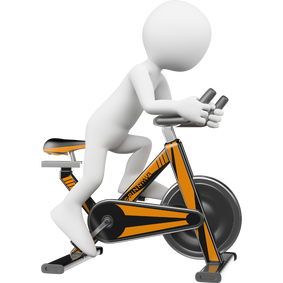 Interestingly, an immediate positive effect can also be seen on our blood pressure with as little as 10-15 minutes of moderate-vigorous exercise, followed by 10 minutes of passive rest. This response is called a post exercise hypotension and can be seen in those who present with high blood pressure before doing any exercise. This reduction in blood pressure can be seen to last for up to 12 hours after exercise. That's right, only 15 minutes of exercise can immediately reduce your blood pressure for up to 12hours! Regular exercise is a simple and effective way to manage high blood pressure and improve overall health. So, make physical activity a part of your daily routine and enjoy the numerous benefits it offers! Want a personalised exercise program tailored to your health needs? See an Exercise Physiologist at Simply Stronger and we'll show you how to lower your blood pressure with an exercise plan designed for you. More posts from Live Strong and Prosper All
There’s a whole lot more too it though, and this is where I think it’ll be great to have a bit of a discussion about why it is such an important measurement that we should all be more mindful of. What is Blood Pressure? Blood pressure reflects the pressure within our heart and blood vessels (known as the circulatory system). The numbers show the pressure that is placed on our arteries to pump blood around our body. This number allows us to understand how hard our heart and blood vessels are needing to work.
Why should we care if our blood pressure if high? Our blood pressure constantly changes throughout the day, we have periods where it increases, and other times where it decreases. This can be due to a range of different things including activity, diet and stress. This is normal. We should however, be mindful if our blood pressure stays consistently high throughout the day, this is a sign that our circulatory system is under stress and working too hard. This can lead to an increased risk of heart disease and stroke. It's never too late to take action against high blood pressure and reduce your risk of heart disease. With just a few lifestyle changes we can see a positive change in our blood pressure. If you want more information on what you can do to improve your blood pressure, book an appointment today. Keep a look out for more information regarding blood pressure and how exercise can impact it this month as we continue to discuss heart health. |
AuthorSimply Stronger - here to make exercise simple. Understanding why you should exercise is a giant step towards wanting to exercise. Archives
April 2024
Categories
All
|



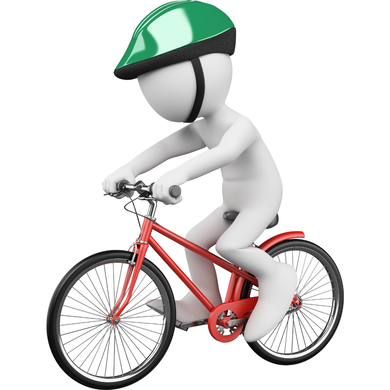

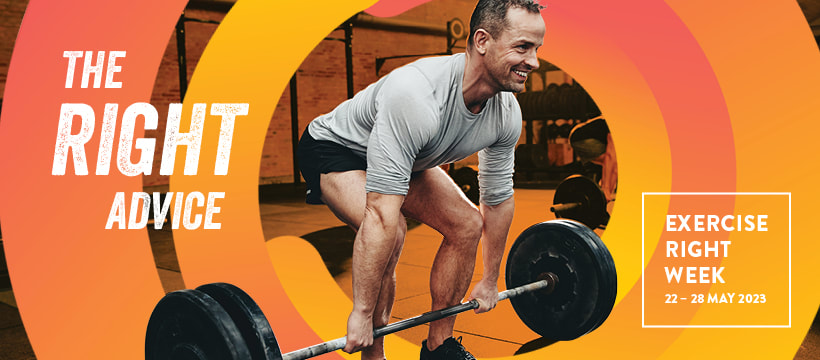
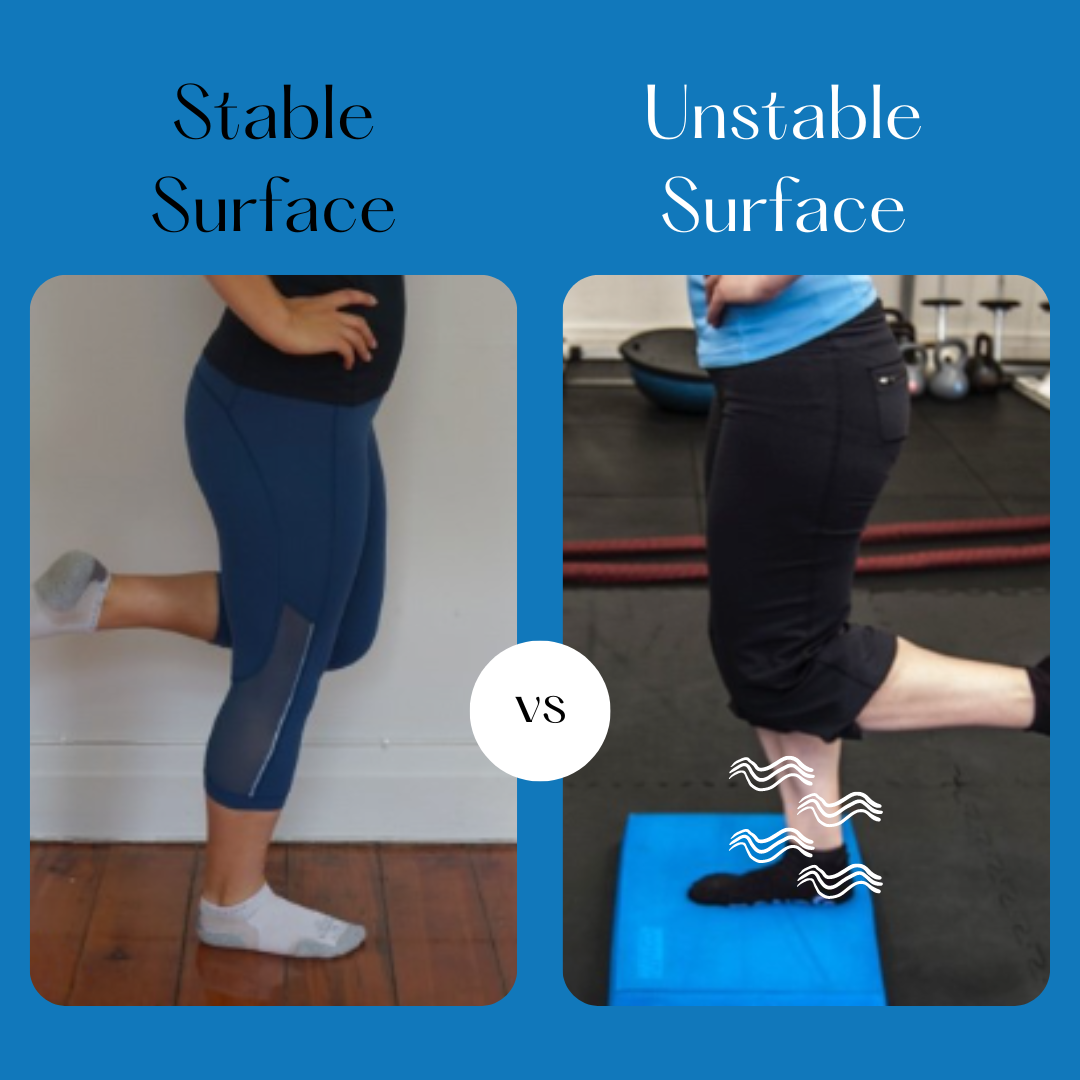
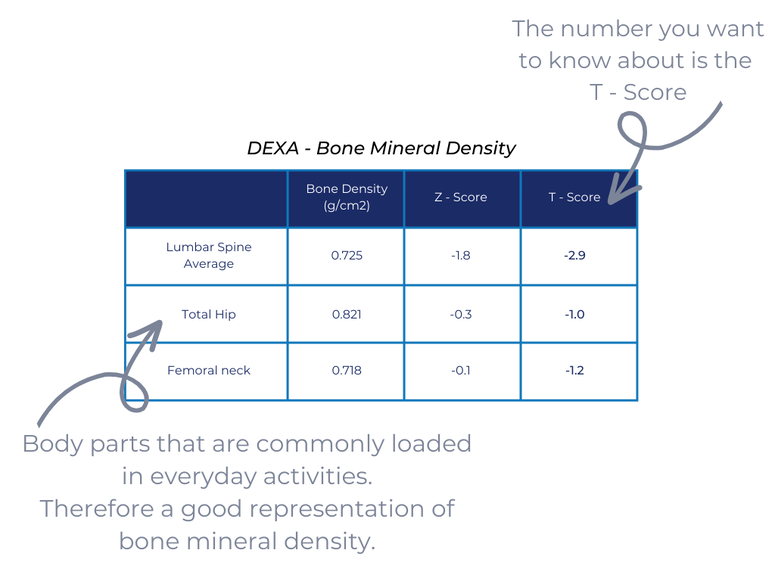
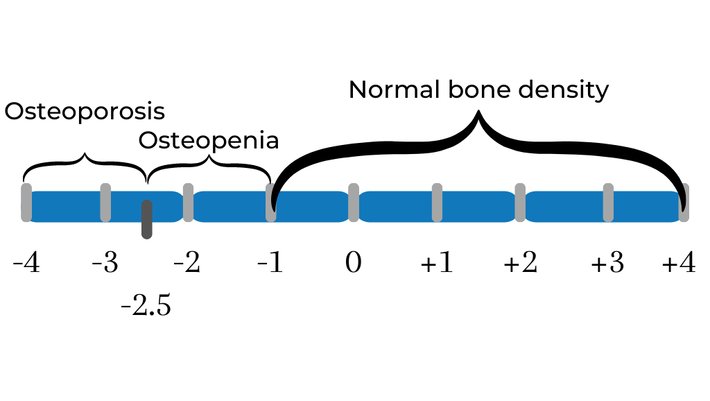
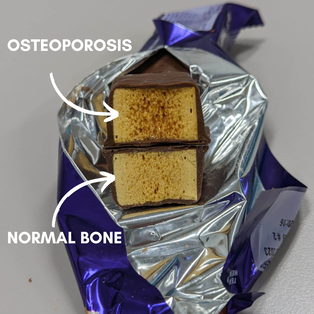






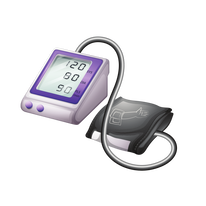
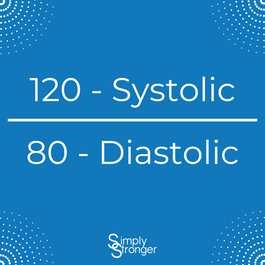
 RSS Feed
RSS Feed